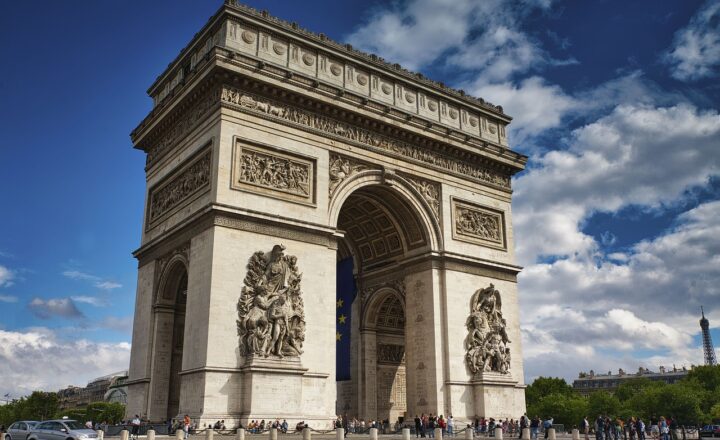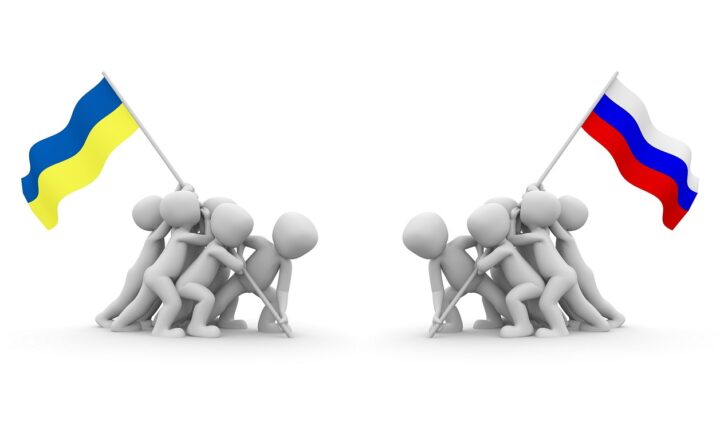How the World’s Most Famous Battlefields Became Symbols of Courage, Loss, and Resilience
November 17, 2024

Battlefields are not merely sites where armies clash; they are hallowed grounds where history was made, filled with stories of courage, loss, sacrifice, and resilience. From the rolling fields of Gettysburg to the haunting beaches of Normandy, these battlefields hold the memories of countless lives lost and legacies built. This article explores how the world’s most famous battlefields have evolved over time, becoming powerful symbols woven into the fabric of our collective memory.
1. The Significance of Battlefields in History
Battlefields are crucial not only for military strategy but for shaping national identities and collective memory. They provide a physical space for understanding the impact of war on society and highlight the complexities of human conflict. These sites often serve as places of reflection where generations come to pay homage to those who fought, honoring the sacrifices made.
Across the world, battlefields are replete with markers and memorials commemorating the valor of soldiers and the tragedies of war, offering a narrative that encompasses both glory and horror. Their significance transcends borders, echoing the universal themes of human struggle and perseverance.
2. Gettysburg: The Turning Point of the American Civil War
The Battle of Gettysburg, fought from July 1 to July 3, 1863, is often considered the turning point of the American Civil War. This bloody confrontation resulted in over 50,000 casualties and ended Lee’s invasion of the North.
Today, Gettysburg National Military Park stands as a testament to the sacrifices made by soldiers fighting for their beliefs. The site is not only a historical landmark but a place for healing and reconciliation. The iconic Gettysburg Address, delivered by President Abraham Lincoln, underlines the struggle for national unity and freedom.
Visitors to the park can walk the grounds, see reenactments, and visit the Gettysburg Museum, allowing them to engage deeply with the past. The battlefield has become ingrained in American culture, symbolizing the courage to fight for one’s ideals and the loss endured in pursuit of a unified nation.
3. Normandy: The D-Day Invasion
The Allied invasion of Normandy on June 6, 1944, known as D-Day, marked a critical point in World War II. The beaches of Normandy witnessed thousands of young soldiers storming ashore to liberate Europe from Nazi occupation. Each of these beaches—Omaha, Utah, Gold, Juno, and Sword—tells a unique story of bravery, determination, and sacrifice.
Today, Normandy is home to numerous memorials, cemeteries, and museums, most notably the Normandy American Cemetery and Memorial, where nearly 10,000 American soldiers are interred. This site serves as a stark reminder of the lives lost, but also as a beacon of hope and resilience. Visitors from around the globe flock to Normandy to pay their respects and learn more about the courage displayed during one of history’s most critical battles.
The words of President Franklin D. Roosevelt resonate in the hearts of many, as he referred to D-Day as a “crusade in which we will prevail,” emphasizing the fight for freedom and justice. The beaches of Normandy have become eternal symbols of courage and the human spirit’s resilience in the face of adversity.
4. Verdun: The Battle of Attrition
The Battle of Verdun (1916) remains one of the longest and costliest battles in WWI history, characterized by its goal of wearing down the enemy through attrition. This battlefield, soaked in the blood of over 700,000 soldiers, represents tragic loss and the futility of war.
Today, the Verdun Memorial and its ossuary serve as a solemn reminder of those who fought and died in this brutal campaign. The haunting beauty of the memorial and the surrounding landscape prompts reflection on the cost of war. Verdun has become synonymous with endurance, representing France’s national spirit in the face of overwhelming odds.
The motto “They shall not pass,” encapsulates the determination of the defenders and serves as a poignant reminder of the resilience found in the human spirit.
5. Waterloo: The End of an Era
The Battle of Waterloo (1815) marked the end of the Napoleonic Wars and the final defeat of Napoleon Bonaparte. Today, it symbolizes not just a military victory but a transitional moment in European history, shaping the political landscape for decades to come.
The battlefield has been preserved and now attracts thousands of tourists who explore the sites of the battle, including the Lion’s Mound, a monument raised to commemorate the soldiers who fought. Waterloo has morphed from a battlefield to a symbol of change and the complex pathways history can take.
Waterloo teaches us about the consequences of ambition and the importance of resilience in the face of overwhelming challenges.
6. The Role of Memory and Commemoration
Battlefields hold immeasurable weight in our collective memory, acting as sites for commemoration and remembrance. Many countries have established annual remembrance events to honor those who served and sacrificed.
Memorials, anniversaries, and commemorative activities help keep the memory of these battles alive while reinforcing the values of courage, honor, and resilience. They also serve as platforms to advocate for peace, reminding future generations of the consequences of war.
Various documentaries, films, and literature have further allowed narratives of these historical battles to be retold, ensuring that the sacrifices made are neither forgotten nor trivialized.
Conclusion
The world’s most famous battlefields embody stories of courage, loss, and resilience, serving not just as locations of historical significance but as profound reminders of humanity’s capacity to face adversity. As we walk these sacred grounds, we connect with the past and honor the legacies of the brave souls who fought for their beliefs. In doing so, we reaffirm the importance of remembrance and the valuable lessons history teaches us about the human condition.
Through understanding and commemorating these battlefields, we cultivate a spirit of empathy and commitment to peace, learning from the scars of the past to shape a better future.







